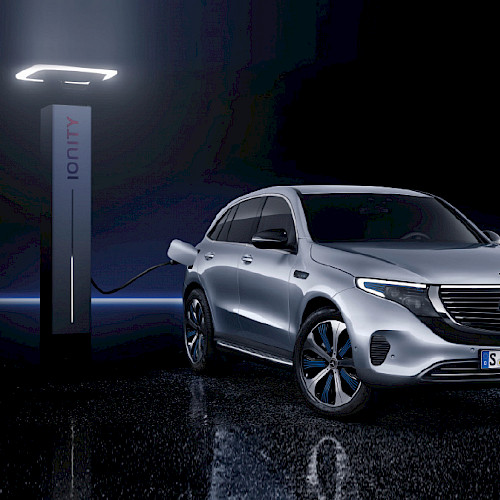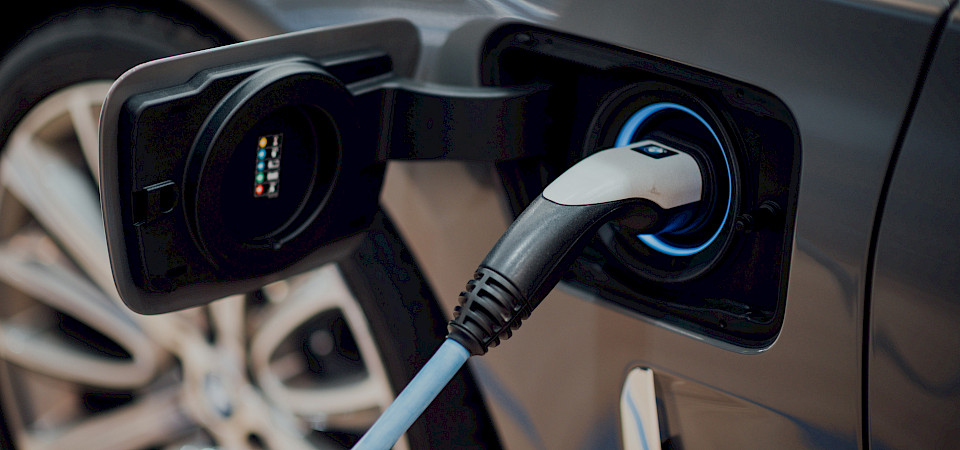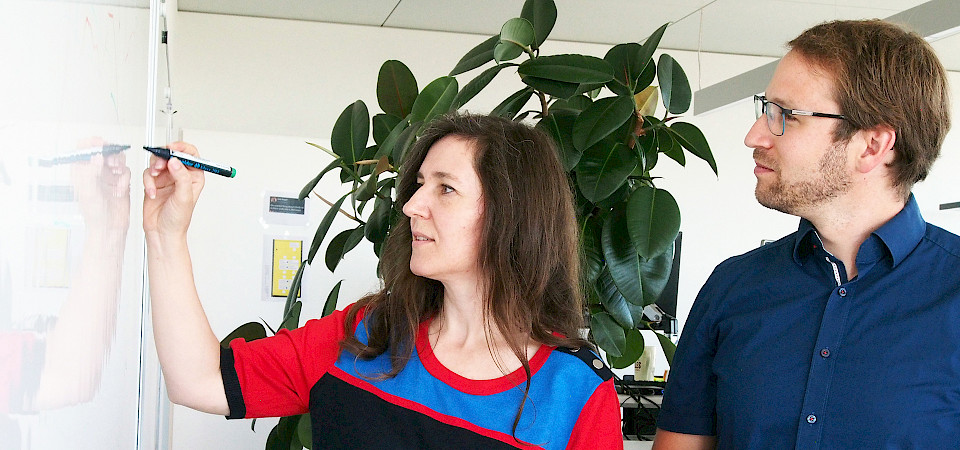
Daimler EQ – Development of the Service Landscape for Mobile Charging
 Open navigation
Open navigation 
Using green electricity, electric mobility contributes to the reduction of exhaust gases and is an important step in the mobility transition. But as of yet, electric vehicles still have several disadvantages. In addition to costs and limited range, they also have longer charging times. Moreover, especially in urban areas, the charging infrastructure is not nearly as well developed as it would be necessary for a complete switch to electric vehicles.
Further technical improvements are needed to make electric vehicles more interesting for end customers. In addition to batteries with a longer service life, higher energy density and faster charging times, the expansion of the charging infrastructure must be further advanced. Here in particular, it needs an integrated IT concept. This leads from the technical connection of the charging point operators, via navigation and guided charging processes, to automated billing. A simple map with charging points would not be sufficient due to long charging times. The waiting time at a charging station can be several hours, while a conventional refueling process is completed quickly after a few minutes. Optimizing the utilization of existing charging stations therefore contributes greatly to helping emobility achieve its final breakthrough.
For the entire topic area "charging electric vehicles" and their broad acceptance among the population, it needs a consistent IT integration. On this page, you will learn how software solutions can improve the charging experience for the end customer and how jambit supports companies in their implementation.
Electric cars are not refueled, but must be charged at a charging station. If this does not take place at home, drivers and providers of electric cars are confronted with two major challenges:
Companies such as car manufacturers and mobility service providers can meet these challenges with software solutions. They can offer digital products that support drivers, for example, in finding and reserving charging stations and in carrying out, monitoring, and billing charging processes – whether directly in the vehicle or via a smartphone app (e.g., using a digital twin). As a result, these companies provide better service for their customers and their electric vehicles and customer satisfaction and acceptance of electric vehicles increases: more customer visits and more overall sales of e-cars. On the one hand, this enlarges the market itself, and on the other hand, suppliers can make more sales with e-cars.
The charging infrastructure for electric vehicles can be optimized at various points via software offerings and made more convenient for customers. The lack of sufficient charging stations combined with long charging times generates the need for drivers to be able to reserve charging stations so that they do not have to wait several hours at an occupied station. During the charging process, the customer expects to be informed about the current charging status at all times, to be able to interrupt and restart the charging process if necessary, and to receive a estimation of the expected charging time and costs. And ideally, the charging process is automatically billed immediately after charging. In the long run, the customer can even optimize the costs of charging processes by adjusting the electricity purchase to the rate curve of the electricity supplier.
To make these features possible for customers, secure, reliable, end-to-end IT integration is essential. For example, to seamlessly integrate the payment process into the charging infrastructure, a secure connection is needed between the energy supplier, charging station operator, vehicle, driver, and payment provider.

But how to ensure this end-to-end IT integration and what needs to be considered? jambit can support with the creation and implementation of a holistic concept and incorporate the experience gained in many relevant projects. From searching and reserving charging points, to displaying the charging status, to planning the onward journey in the app or web, we support companies with individual software solutions.
Learn more about jambit's software development services
We have already successfully implemented electric car charging projects for customers such as Daimler and BMW. For example, the new service landscape developed by jambit for Daimler's EQ brand serves as the productive backbone for its entire electric fleet in the USA, Europe, and Asia. As a holistic digitization partner, jambit delivered everything from a single source – from cloud solutions to control elements, from back-end services to mobile app integration. Thanks to global scalability, as well as Android and iOS libraries developed by jambit as the basis for future apps, the service landscape is also set up for the long term so that new features and products can be developed quickly and cost-efficiently.
As a software service provider, we have been successfully implementing projects in the automotive industry for more than 20 years. We have not only experienced the digital transformation of the industry since the early days, but have also been actively involved in numerous cross-OEM projects. Our innovative individual solutions are based on latest technologies and our many years of experience in the industry. We often work in interdisciplinary teams and according to agile methods. Sustainability is also very important to us and is anchored in our company principles. Paving the way towards more sustainable products with our projects is an even bigger motivation for us.

Contact us now